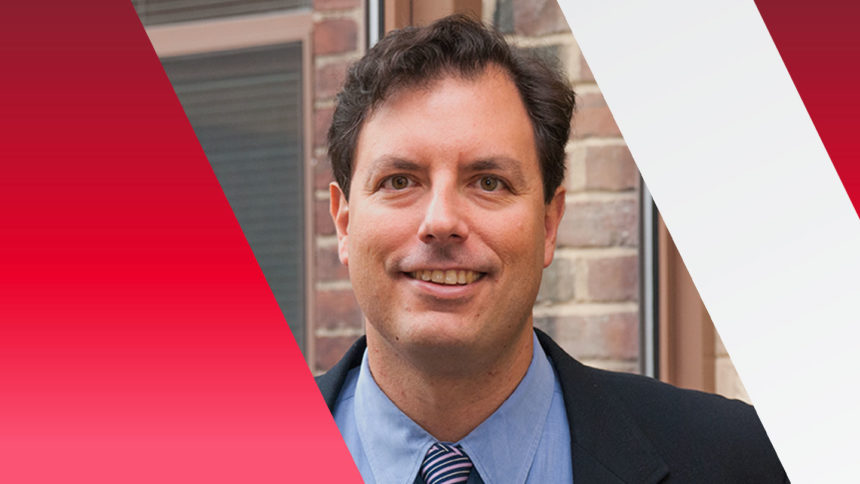
Advocates for operators and consumers each need to think bigger — and see past their differences — to truly change how facilities function and address quality concerns, a high-profile panel of experts on nursing home staffing and resident experience agreed Monday.
But the biggest challenge may be getting policymakers at all levels to recognize the role nursing homes play in caring for so many aging Americans.
“While about 1.2 million Americans live in nursing homes today, nursing homes need to matter to all of us,” said Terry Fulmer, president of The John A. Hartford Foundation, which sponsored the briefing in conjunction with Health Affairs.
“These are homes, homes for older adults and people with disabilities who have the most complex needs and face the most vulnerability,” Fulmer added. “[Nursing homes] are a vital part of our healthcare system, albeit an often-ignored part.”
Fellow panelists R. Tamara Konetzka, PhD, of the University of Chicago; David Grabowski, PhD, of Harvard Medical School; and John Bowblis, PhD of Miami University highlighted how long-running concerns about nursing home practices, payment and performance were intensified by the pandemic. And each offered research-backed options that could help carry forward the calls for improvement made in the landmark 2022 National Academies’ report on the National Imperative to Improve Nursing Home Quality.
But while each expressed support for more staffing, they also qualified their remarks to reflect ongoing labor realities, political roadblocks and the expense of hiring amid nationwide nurse shortages.
“The most important factor toward encouraging high-quality nursing homes care are the individuals working in these buildings, the staff,” said Grabowski (pictured), who highlighted previous work on the sector’s immigrant workforce. “Today, foreign-born workers are more important than ever before. … They don’t crowd out jobs among native-born workers. They add to the workforce.”
Call to raise reimbursements, immigration
He called for more supportive and creative immigration policies that could help the sector recruit less-skilled workers, to intentionally attract them under specific, expanded visa programs rather than finding those who happen to enter the country through asylum or family reunification avenues.
“Oftentimes, people view immigration as an ‘instead of,’ or this is a substitute to other policies that we might implement,” Grabowski said. “I very much argue that immigration has to be complementary to other approaches to grow the workforce [such as] better pay and benefits, minimum staffing standards … We need to raise reimbursement rates and make sure those dollars are making their way to direct care workers.”
Kezia Scales, with the workforce advocacy group PHI, said it was critical that any immigration reform not just offer immigrants jobs in nursing homes, but that policymakers and providers support foreign-born workers they hire with inclusivity efforts, workplace improvements, career ladders and a pathway to citizenship that make and keep the jobs desirable.
She also advocated for workforce improvements as a way to respond to “startling” research from Bowblis, who has found that agency staffing remained elevated long into the pandemic — with a large number of providers shifting from occasional, short-term use to near-daily dependence. Bowblis also connected the work to previous findings about care continuity and staffing stability as key drivers or quality care; agency undercuts both.
“We must use every policy and practice tool available to improve directly employed, non-contract nursing home jobs so that job seekers and existing workers can choose and sustain these jobs,” she said. “We really need to fund and conduct more research to better understand what’s going on within the contract nursing trend in nursing homes … so that we can home in on the right policy strategies so that we can slow down and even reverse it.”
Agency use still a worry
While some recent data indicates nursing homes have lessened their reliance — and spending — on agency care over the last year, Bowblis warned that the new federal staffing mandate could force providers into hiring less-than-ideal workers.
“Yes, higher staffing levels is an important component, but I think we have to think about that staff composition,” he said. “If the agency staff that we’re using to fulfill those requirements are not motivated, not caring for the residents properly, it may be the case that we’re not going to do what we want to, which is have more staff that are really caring for residents and doing what’s best for them.”
Grabowski and Konetzka also noted the ongoing stalemate in making progress toward quality, thanks in part to disagreements about whether the sector is stripping too much money out of facilities.
Grabowski encouraged more transparency to support the sharing of information, which Konetzka said she’d like all parties to realize multiple scenarios could be true about the skilled nursing industry. For instance, complex ownership patterns may make it hard to see where government funding is going, but the nursing homes also might be largely underfunded by a Medicaid-reliant system.
CMS defends, plans
Panelists also discussed spending on oversight and whether it really promotes quality goals.
Jean Moody Williams of the Center for Medicare & Medicaid Services continued to champion the staffing rule and decried years of flat funding for the nation’s survey offices. But she also promised that the agency plans to publish a new study “soon,” revealing that the agency’s targeted educational and support services during the early pandemic helped reduce resident COVID cases by 25% and staff cases by 19% compared to facilities that did not receive intervention.
“I think that we will continue to learn for several years to come,” she said, “but the important point is that we put these learnings into action through both public and private efforts to ensure the best experience possible for residents, families and caregivers.”




